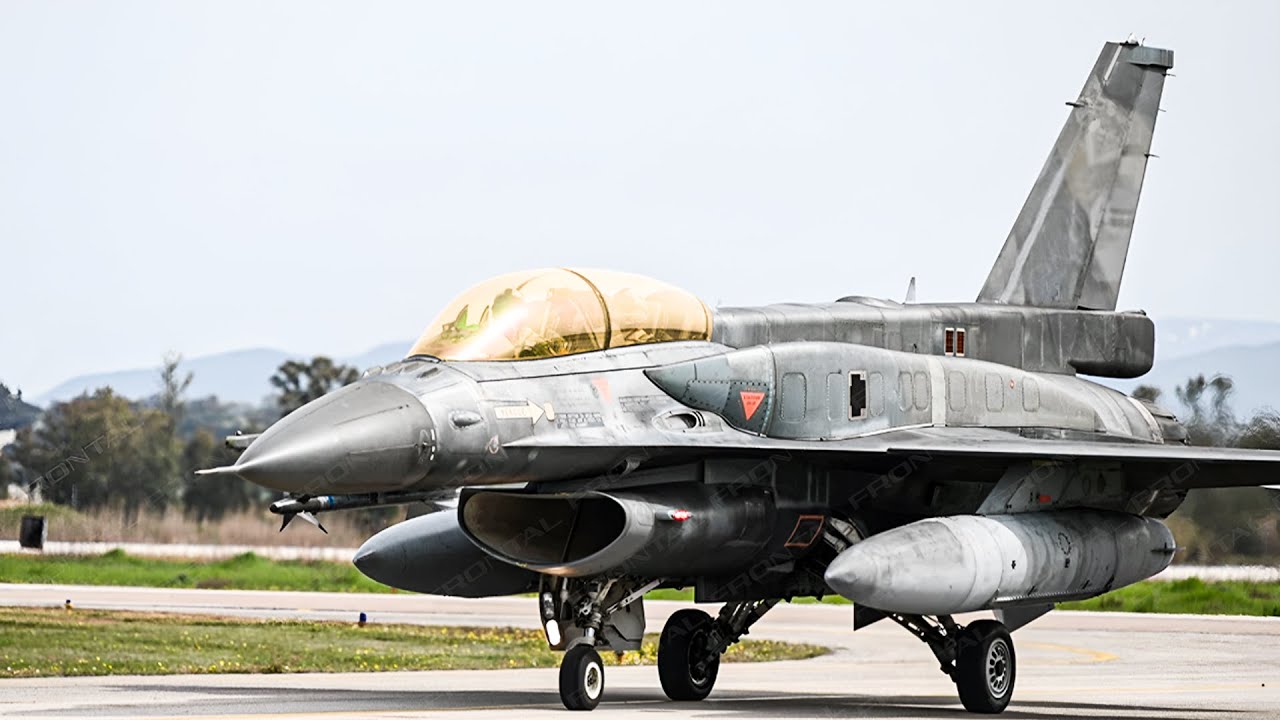The F-16 Fighting Falcon is a versatile and agile aircraft known for its advanced capabilities, playing a crucial role in numerous global conflicts. A common question is whether these fighter jets can carry nuclear weapons. The answer is yes; certain variants, such as the F-16 C/D Block 50/52, are modified to accommodate nuclear weapons.
Design and Capabilities
The F-16 C/D also introduced gold-tinted canopies to reduce radar cross-section, making the aircraft less detectable to enemy radar. Initially in high demand, these canopies are now often replaced with clear ones to accommodate night vision devices. The F-16 C/D features the AN/APG-68 radar, offering enhanced air-to-air and air-to-ground capabilities.
Upgrades and International Use
Between Block 50/52 and Block 60/62, advancements included updated avionics and weapon capabilities, such as the constantly computed impact point (CCIP). The Hellenic Air Force, for instance, selected the Pratt-powered Block 52 as its next-generation strike aircraft, featuring conformal fuel tanks for extended range.
Multi-Role Flexibility
The F-16 Fighting Falcon has been a mainstay in the US Air Force, with over 1,000 in service, adaptable for various missions, including air-to-air combat, ground attack, and electronic warfare. Its maneuverability and combat radius exceed those of potential threat fighter aircraft, capable of locating targets in all weather conditions and detecting low-flying aircraft in radar ground clutter.
Operational History
The F-16 A model first flew in December 1976, with the first operational unit delivered in January 1979. The F-16 B, a two-seat model, is used for training with a student pilot in the front cockpit and an instructor in the rear. Since November 1981, all F-16s have built-in structural and wiring provisions, leading to the development of the F-16 C/D models with advanced cockpit control and display technology.
NATO Consortium and Global Impact
The F-16 was produced under a consortium agreement between the US and four NATO countries: Belgium, Denmark, the Netherlands, and Norway. This program facilitated technology transfer and standardized aircraft use among NATO nations, improving combat readiness and parts availability in Europe.
Combat Deployments
US Air Force F-16s have seen extensive combat use, including in Operation Desert Storm in 1991, where they flew more sorties than any other aircraft. In Operation Allied Force, F-16s performed various missions, including suppression of enemy air defenses and offensive counter-air operations. Since September 11, 2001, F-16s have been vital in the global war on terrorism, flying thousands of sorties in operations Noble Eagle, Enduring Freedom, and Iraqi Freedom.
Safety and Longevity
Lockheed Martin’s automatic ground collision avoidance system (Auto GCAS) has saved multiple pilots’ lives since its introduction in late 2014, significantly reducing controlled flight into terrain incidents. The F-16 Block 70/72 boasts an extended structural life of 12,000 hours, ensuring at least 40 years of service with no expected major structural repairs.
Supplier Network and Ejection Seat
The F-16 has a global network of over 600 suppliers. For example, the US18E ejection seat enhances pilot safety and survivability. The conformal fuel tanks and improved performance engines provide increased range without sacrificing aerodynamic performance.



